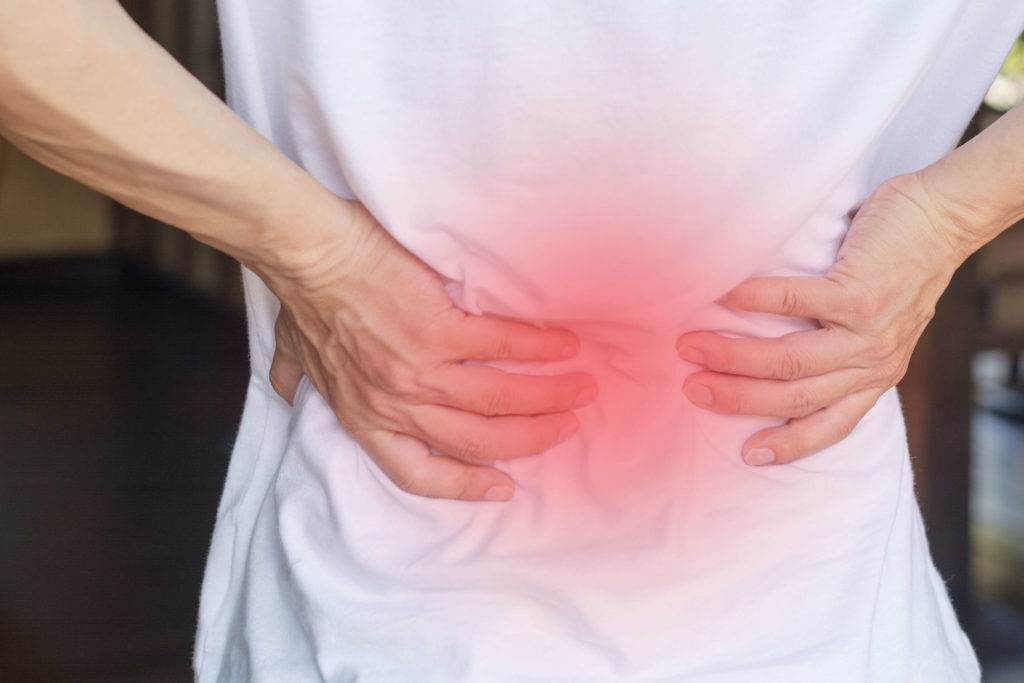
Spinal stenosis can be a very serious condition if left untreated. For this reason, and many more, it’s important to be able to recognize some of the warning signs early on to best prevent anything from worsening over time. With spinal stenosis, it primarily occurs when the foramen (the bony openings of your spinal nerves) or the spinal cord itself begin to narrow. This narrowing may eventually cause your spine to compress and can cause a whole host of symptoms to appear. In this post, we’ll be discussing those symptoms to look out for and how we can help here at Neurosurgery & Spine Consultants.
Neurogenic Claudication
Neurogenic claudication typically occurs when the nerves in your lower back become compressed. Over time, this may lead to the following:
•Pain/numbness in your legs while standing
•An increase in pain/numbness when walking
•An increase in pain when performing upright exercises, stretches, or activities
•A noticeable improvement in your pain when choosing to rest and reduce mobility
There’s a common misdiagnosis between vascular claudication, which is known for mimicking neurogenic claudication. The telltale signs of neurogenic claudication consist of relief felt when you lean your spine forward while performing tasks such as grocery shopping with a pushcart. This often signals neurogenic claudication.
Sciatica
With compression of the nerve roots within the lower back, you may begin to experience sciatica symptoms. These symptoms are often described as weakness and nerve pain most commonly felt in one leg or the other. Where the nerve root is affected will ultimately determine which part of your lower extremities are affected the most. For some individuals, it may be the back, buttock, and thigh. While for other individuals, it may be the calf, leg, or foot. Additionally, there will commonly be weakness, tingling, or numbness within the associated lower extremity if you have sciatica.
Foot Drop
When there’s compression of the L4 and L5 nerve roots within the lower spine, you may notice a condition which is referred to as “foot drop”. This condition may cause a feeling of weakness or inability to raise the foot upwards with the toes pointed upwards as well. Additionally, the compression of the S1 nerve may cause weakness or difficulty while walking on your tip-toes. Foot drop is not something to mess around with, as it can cause you to stumble and fall and have an additional injury or condition develop over time.
Gait Issues
Gait issues may occur within a couple of different areas of the spine itself. Lumbar spinal stenosis may occur when the lower back area is affected and may subsequently cause gait problems associated with foot drop, weakness in the thighs and leg muscles, specifically within the calves and quads. Gait issues may occur as a result of issues within the neck as well. If there is compression within the neck through cervical spinal stenosis, it may cause an imbalance while walking.
Radiating Arm pain
This symptom is typically caused by cervical spinal stenosis and may be mild to moderate depending on the severity. Patients often report feelings of burning or shocking in the neck, shoulders, and/or arms. Crawling, tingling, numbness, and weakness are also reported in some cases.
Loss of Motor Skills
When you have spinal stenosis of the cervical spine, you may notice difficulty in doing simple tasks such as tying your shoes. In more advanced stages, you may be unable to write with a pen or hold a utensil steadily enough to eat food.
Choose Neurosurgery & Spine Consultants for an Evaluation
If you’ve noticed or experienced any of these symptoms, you’ll want to request an appointment with your doctor right away and request a referral to us for further, specialized evaluation. We’ll be here to properly diagnose and treat your condition and have you back on your way to a healthy lifestyle once again. Feel free to contact us using the form below if you have any questions in the meantime.
DISCLAIMER: No content on this site, regardless of date, should ever be used as a substitute for direct medical advice from your doctor or other qualified clinician.